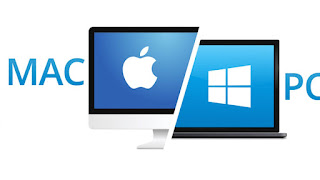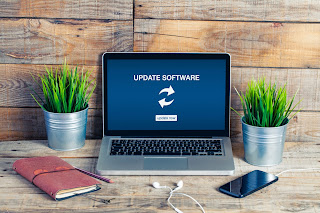If your computer is slow or frozen, there are a few things you can try to fix the problem:
For Windows:
Restart your computer:
Sometimes, simply restarting your computer can help to fix the problem. Press the Windows key, click the power icon, and select Restart.
Check for malware:
Malware can slow down your computer or cause it to freeze. Run a virus scan using your antivirus software or Windows Defender to check for malware.
Uninstall unused programs:
Programs that you don't use take up space on your hard drive and can slow down your computer. Go to Settings > Apps & features and uninstall any programs you no longer need.
Disable startup programs:
Programs that start automatically when you log in can slow down your computer. To disable startup programs, open Task Manager (press Ctrl + Shift + Esc), click the Startup tab, and disable any programs you don't need.
Increase virtual memory:
If your computer is low on memory, it can slow down or freeze. To increase virtual memory, go to Control Panel > System > Advanced system settings > Performance > Settings > Advanced > Virtual memory > Change, and adjust the paging file size.
For Mac:
Restart your computer:
Sometimes, simply restarting your computer can help to fix the problem. Click the Apple icon, and select Restart.
Check for malware:
Malware can slow down your computer or cause it to freeze. Run a virus scan using your antivirus software or the built-in Apple security features.
Clear your cache:
Clearing your cache can help to speed up your computer. Open Safari, click Safari > Preferences > Privacy > Manage Website Data, and click Remove All.
Check for software updates:
Software updates can fix bugs and improve performance. Click the Apple icon, and select App Store, then click Updates to see if any updates are available.
Reset PRAM or SMC:
Resetting PRAM (Parameter RAM) or SMC (System Management Controller) can sometimes help to fix issues with your computer. You can find instructions for resetting PRAM or SMC on the Apple support website.




